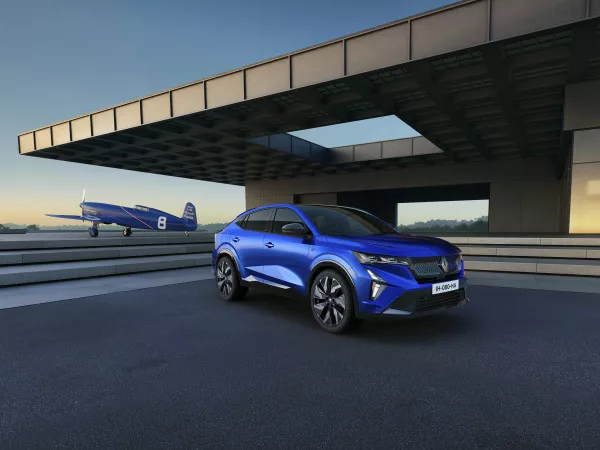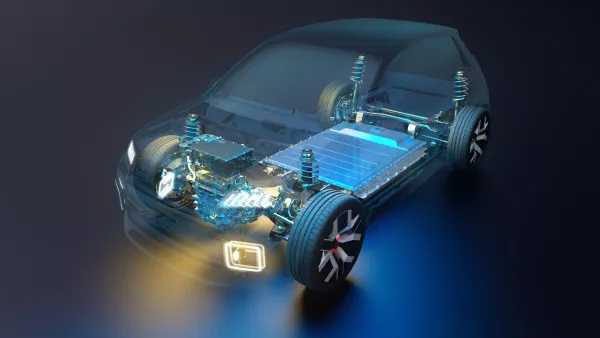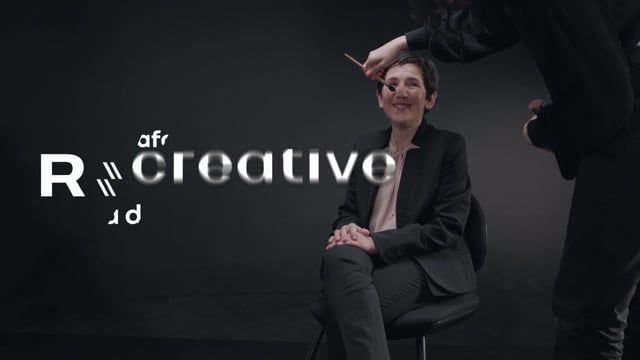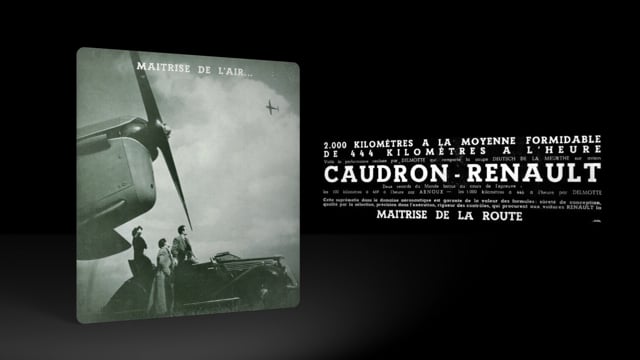Rafale, a breath of fresh air in Renault’s upmarket range
Renault has just announced the name of its future upmarket SUV coupe, Rafale. To define this model and its universally impressive presence and bold design, a distinct and exciting name with a sense of daring was required. But what history and symbolism does the name ‘Rafale’ hold at Renault? Sylvia, Model-naming Strategy Manager at the Renault Global Marketing Department, told us more about the choice of name before the future model swoops in.
16 May 2023
At Renault, names often convey symbolic meaning, a sense of history, or even sometimes both, at the same time. And that is the case with ‘Rafale’, a name that alludes to a past sometimes forgotten and, in one word, sums up the positioning, image and design of the future SUV coupe that will embody Renault’s upmarket range in just a few weeks’ time. Sylvia told us more.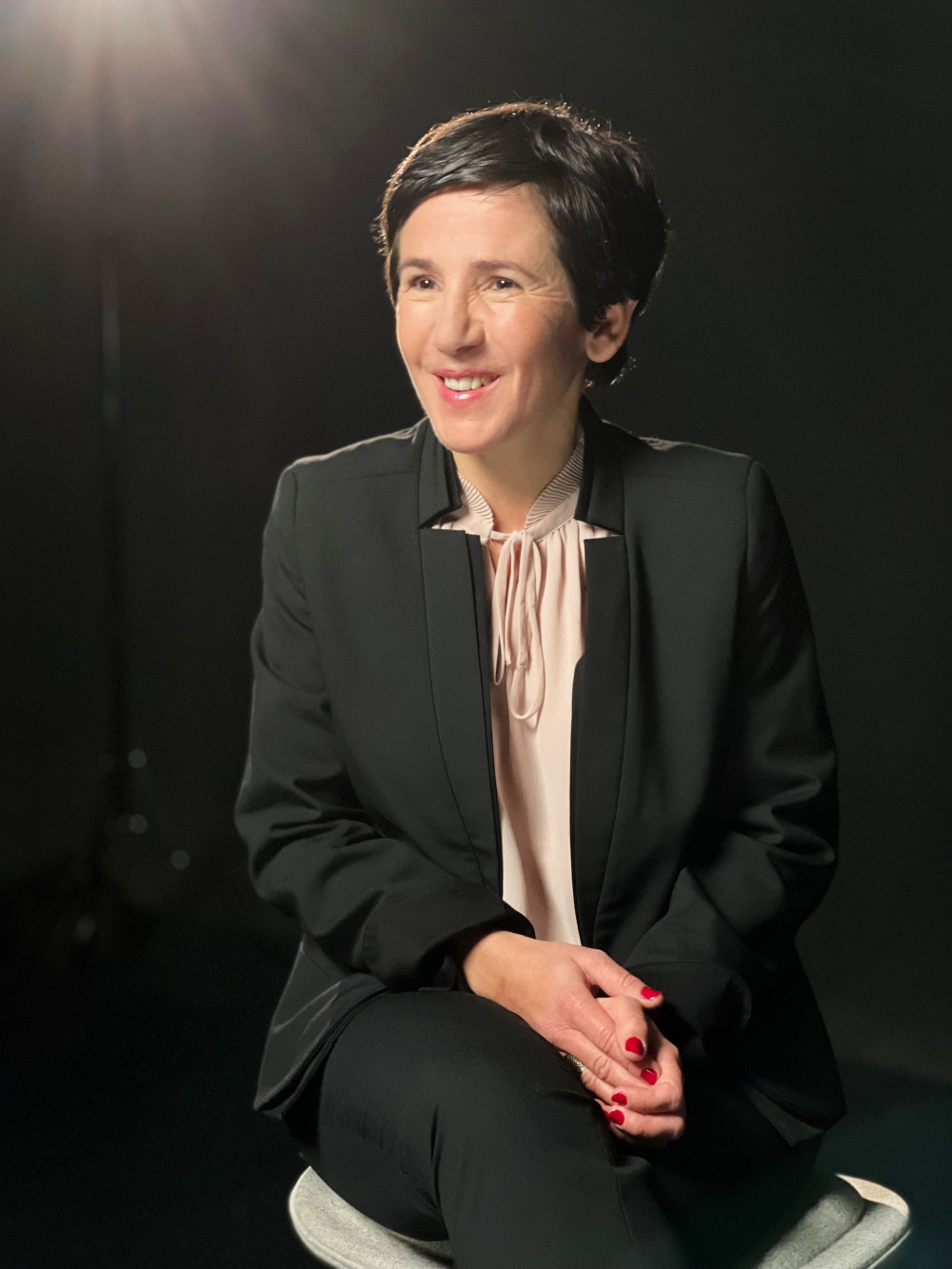
“Few people are aware that the name ‘Rafale’ belongs to Renault and is part of the brand’s history. Today, we are using it to name a vehicle for the very first time.”
Sylvia, Model-naming Strategy Manager within the Renault Global Marketing Department
A renowned moniker
The word ‘Rafale’ holds an immense reputation; as the name of a famous French fighter jet, it is laden with history of records and calls to mind the nation’s most prestigious achievements in aviation. That history began with Louis Renault 89 years ago, yet few are aware that the name ‘Rafale’ has belonged to Renault since 1936.
In the early 20th century, Renault was a pioneer in the creation of reciprocating engines not only for cars, but also for trains (railcars) and even aircraft. As Sylvia explained, “by contributing to aviation, Renault was already striving to go further and exceed expectations.”
The company’s eponymous founder Louis Renault was passionate about aviation and completed the acquisition of French aircraft manufacturer Caudron in 1933. He then created Caudron Renault, and renamed all of Caudron’s aircraft using wind-related terms: the C460 therefore became Rafale (French for “gust”) in 1934, the C500 became Simoun (“simoon”, a desert wind), the C640 became Typhon (“typhoon”) and the C714 Cyclone.
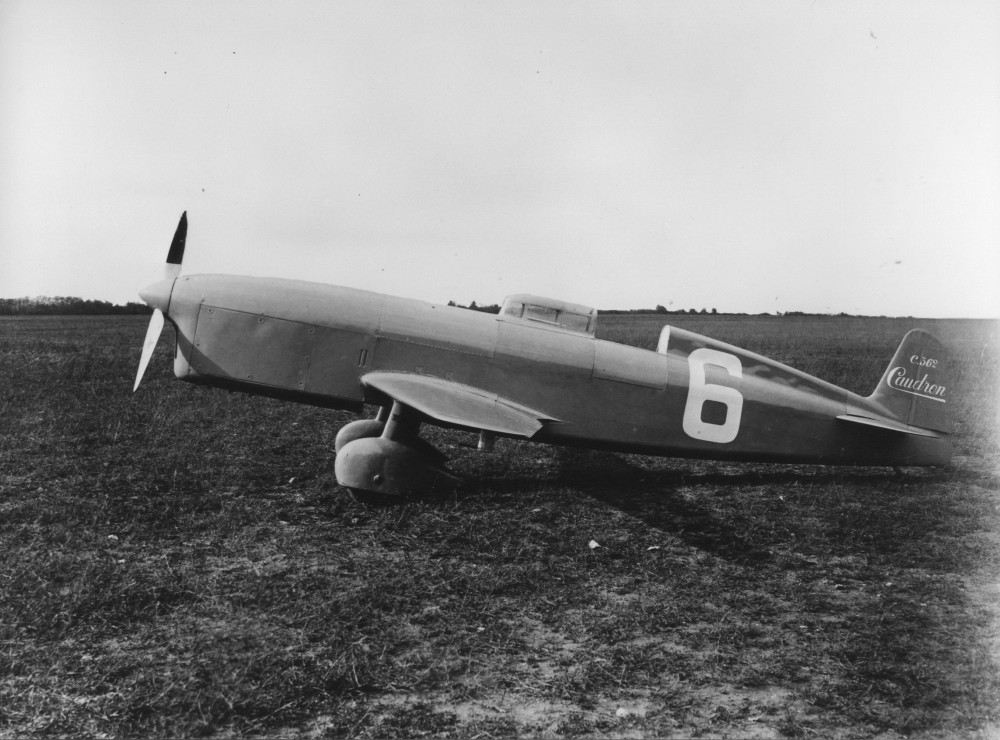
The first Rafale was the Caudron Renault C460, a plane designed to break records.
The first Rafale in history, the Caudron Renault C460, was a single-seat racing aircraft. It was designed to break records and just a handful were produced, which could have consigned the aircraft to oblivion. But the stylistic daring of the aircraft’s cutting-edge aerodynamics and its extraordinary performances left their mark on aviation history, making the model a legend.
Sylvia said, “Renault’s pioneering spirit and urge to go further were shared by famous aviators, such as Maryse Bastié and Hélène Boucher.”
The famous aviator Hélène Boucher beat a number of speed records in the Rafale, including the women’s record for distances over 1,000 km when she reached 445 km/h on 11 August 1934.
And, in a nod to history, “Renault’s Technocentre is now based in Guyancourt – which is where the training base and runways of the Caudron Renault aerodrome were located!” smiled Sylvia.
_1684152233.png)
Hélène Boucher, contracted to Renault, sang the praises of driving the Viva Grand Sport
A breathtaking design
The iconic form of the Caudron Renault Rafale was designed by Marcel Riffard. The ingenious aeronautical engineer also designed cars for Renault, such as the Nervasport and the Viva Grand Sport. The latter was an extremely luxurious model powered by a 6-cylinder straight engine. In adverts at the time Hélène Boucher, then contracted to Renault, sang the praises of driving the Viva Grand Sport.
_1684152254.png)
A Renault’s commercial saying aviation and automotives alike are pioneering disciplines that drive speed linked innovations and aerodynamics
Aviation and automotives alike are pioneering disciplines that drive progress and innovation. In line with its renowned heritage of the same name, the All-new Renault Rafale strives for excellence through its design and aerodynamics. Its breathtaking shape was designed to set it apart as an iconic and resolutely French SUV coupe in Renault’s upmarket range.
“The name ‘Rafale’ immediately brings to mind technology, performance and a sense of daring, as well as driving pleasure and agility,” said Sylvia. “It is a thoroughly meaningful name that draws on our history while perfectly evoking the positioning of our future upmarket SUV coupe. I am sure that a promising future awaits Rafale, alongside the other vehicles in the Renault range.”
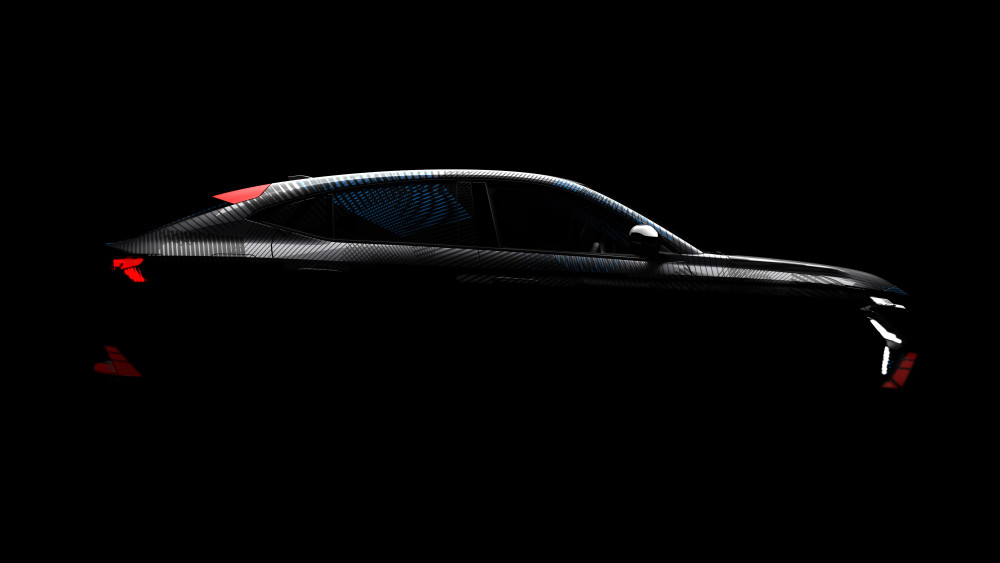
In aviation and automotives alike, Rafale is linked to aerodynamics and efficiency – and particularly a streamlined shape.
A breath of fresh air in the upmarket range
The new Rafale will therefore represent Renault’s upmarket range. To illustrate the brand’s strategy in the D segment, together with the All-new Espace, the model needed a striking name with impact and its own unique character. And the choice of name, ‘Rafale’, was no coincidence – it is logical and full of meaning.
For many, the word itself immediately summons certain associations – subliminally bringing to mind an entire universe, and particularly aviation. “In the 1930s, Caudron Renault tested technology in aviation that it would then use to develop future cars – like how Formula 1 is now a source of technology for current vehicles,” explained Sylvia.
In French, the elegantly-pronounced word rafale is a term for a force of nature, and naturally brings to mind the image of something gliding through the air. And in aviation and automotives alike, Rafale is linked to aerodynamics and efficiency – and particularly a streamlined shape. “Rafale evokes the wind that appears to have sculpted its aerodynamic bodywork. The word alludes to the vehicle’s streamlined silhouette and strong character,” said Sylvia.
Last but not least, as rafale is a French word, it symbolises a very French sense of excellence. Sylvia concluded, “like the Austral and the Espace, the Rafale’s name draws on our DNA by reminding us of our French roots.”
Renault, a historic mobility brand and pioneer of electric vehicles in Europe, has always developed innovative vehicles. With the ‘Renaulution’ strategic plan, Renault has embarked on an ambitious, value-generating transformation moving towards a more competitive, balanced and electrified range. Its ambition is to embody modernity and innovation in technology, energy and mobility services in the automotive industry and beyond.
media library (8)
- all (8)
- Images (6)
- videos (2)
Renault, a historic mobility brand and pioneer of electric vehicles in Europe, has always developed innovative vehicles. With the ‘Renaulution’ strategic plan, Renault has embarked on an ambitious, value-generating transformation moving towards a more competitive, balanced and electrified range. Its ambition is to embody modernity and innovation in technology, energy and mobility services in the automotive industry and beyond.
related topics


